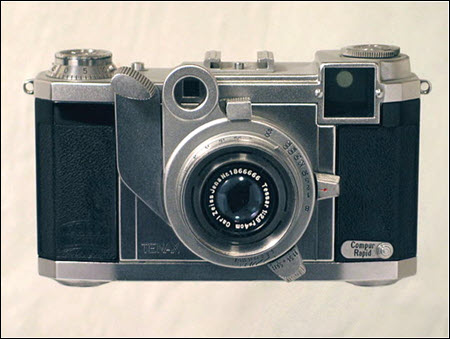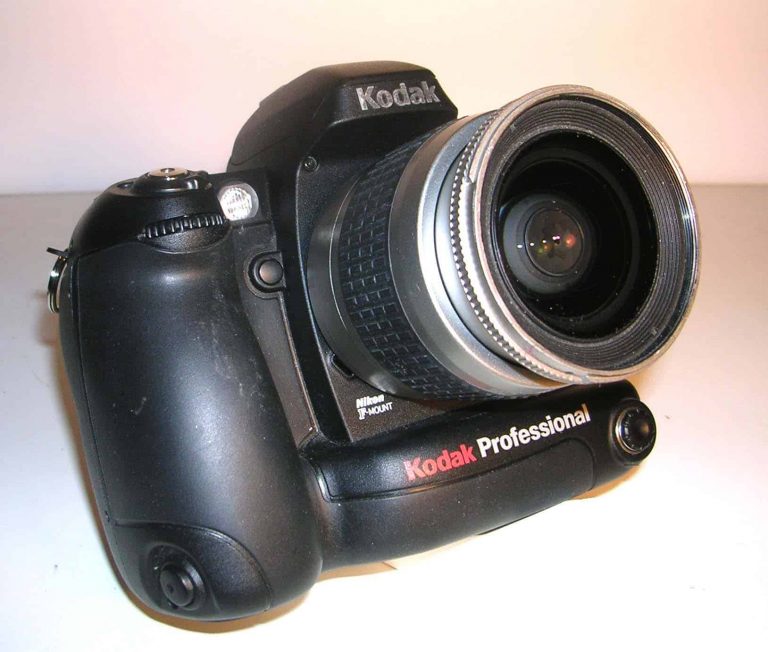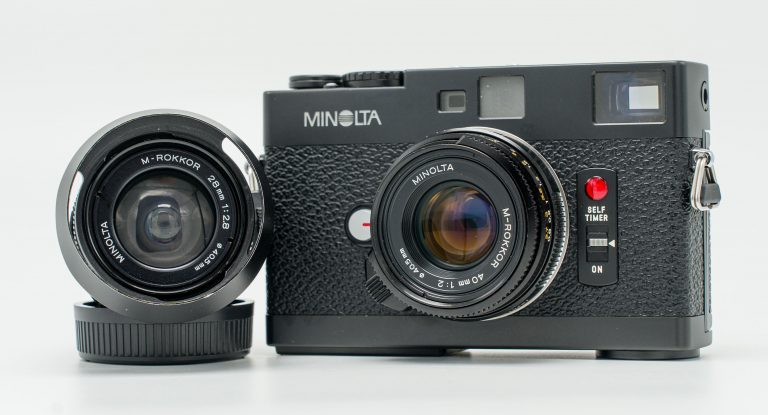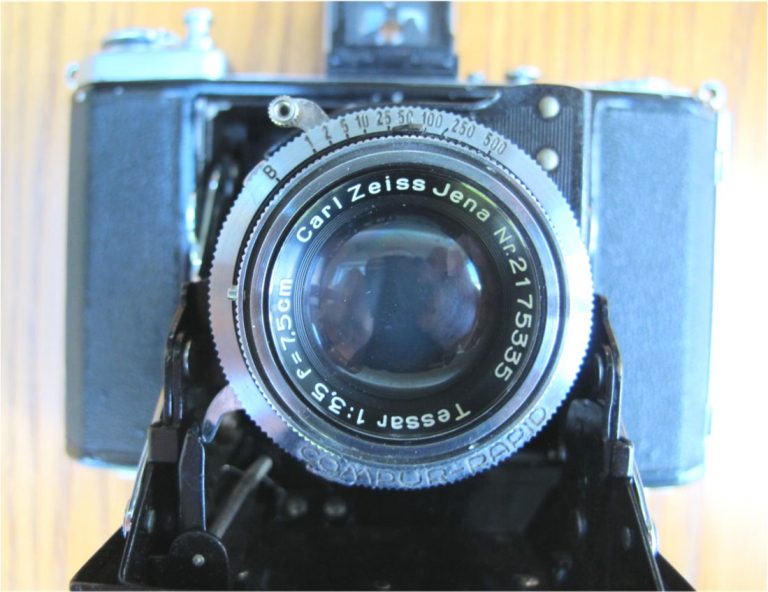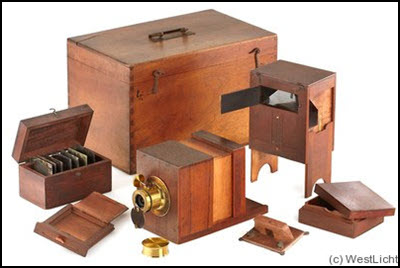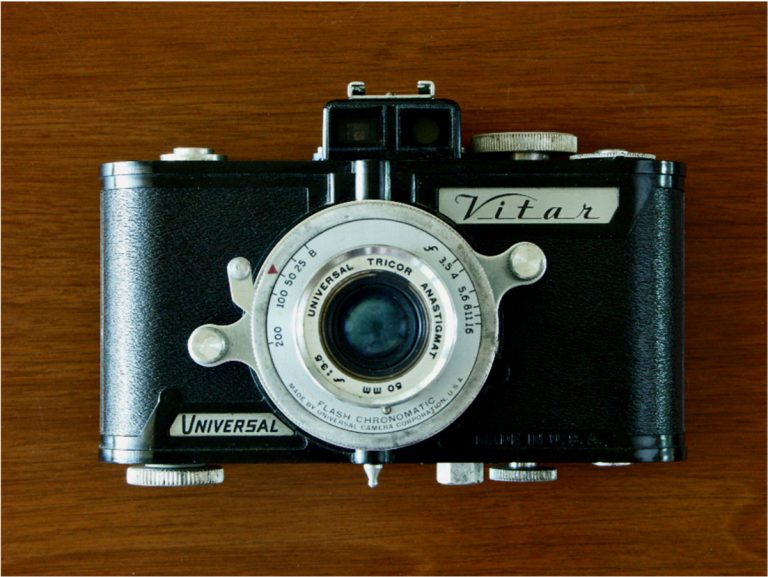~ Story and photos by Larry Woods, PHSNE Secretary
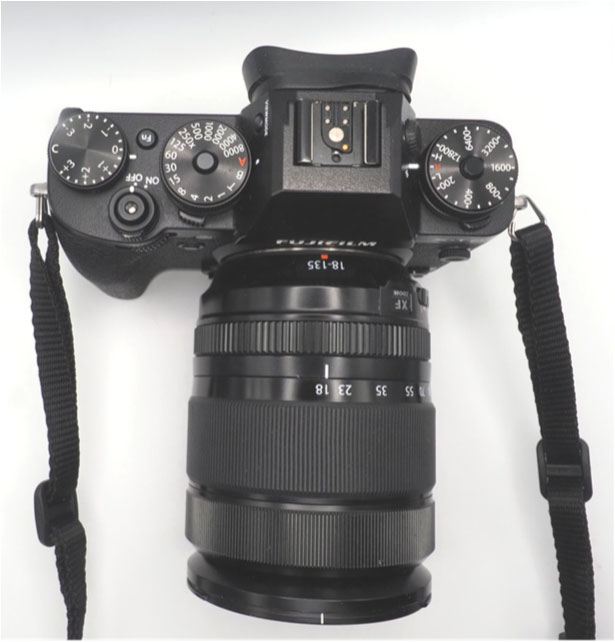
For a change of pace, the featured camera is not an antique film camera but a near-contemporary digital camera, a Fujifilm X-T2, donated to PHSNE. It will be auctioned on eBay as of March 1st, 2024. The eBay seller ID is phsneusa.
The X-T series is Fujifilm’s main line of mirrorless “DSLR-style” APS-C cameras that have interchangeable lenses and an electronic viewfinder in the center of the camera under a prism-shaped hump. To date there have been five single-digit models (X-T1 to X-T5) which are weather sealed and near professional-grade, plus a less expensive two digit X-Txx series in which cameras are not weather sealed, and a three digit X-Txxx series which has a simpler sensor. There are other “DSLR-style” Fujifilm interchangeable lens cameras – an X-H series that is full professional grade, and a smaller, lighter X-S series.) In my opinion, the XT2 is currently in the sweet spot of technology versus value.
Announced in 2016, its auto-focus function is greatly improved from the X-T1, and the pixel count jumped from 16MP to 24MP. Originally costing $1599 (body only) when first released, bodies have been recently selling for around $400-$500 on eBay.
Although the normal kit lens found with the X-T2 is an 18-55mm zoom, the camera in our possession comes with two Fujinon Aspherical zoom lenses, an 18-135mm (full-frame equivalent 27-200mm) f/3.5-5.6, and a 55-200mm (82-300mm equivalent) f/3.5-4.5. The lenses and camera use the Fujifilm X mount.
The camera has 2 SD card slots. Other specifications of the camera include 325 autofocus points, of which 169 in the center use phase detection, a 2.36M dot viewfinder, a 3″ articulating LCD screen, ISO 200-12800 (boosted ISO 100-51200). The shutter ranges from 4 seconds to 1/8000 in program mode, 30 seconds to 1/32000 if you use manual mode and the electronic shutter. Flash sync is 1/250. There is a PC connector as well as a hot shoe, but no built-in flash. The camera can take 4K videos. The self timer has 2 and 10 second delays.
The camera has a WiFi connection, as well as micro HDMI and USB 3.0 wired ports. The USB port can be used to charge the battery, or use the supplied external charger. The battery is a Fuji NP-W126S, CIPA rated at 340 exposures. The body does not have image stabilization, but Fujifilm lenses have 5.5 to 6 stops of Optical Image Stabilization.
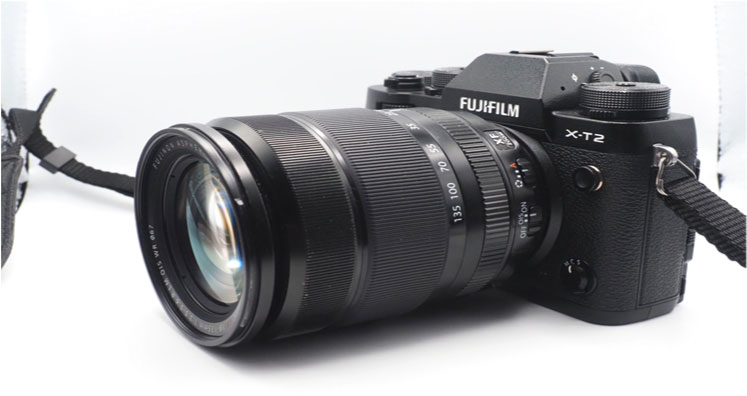
Unlike most other brand digital cameras, the camera does not use a Bayer sensor. It uses a Fujifilm X-Trans sensor which uses a different, more irregular pattern for red, blue, and green receptors in a 6×6 grid. Bayer uses a finer 2×2 grid which requires a low-pass filter on the sensor to control moire patterns. Without needing a low-pass filter, the Fuji sensor supposedly gives a higher image resolution. This is not something I could verify objectively, but the pictures from this camera were very sharp.
A feature that distinguishes the X-T2 from most other digital cameras is the lack of a “PASM” selection dial. There are three control dials on the top of the camera: ISO speed (with “A” for Auto), shutter speed (T, B, 1-1/8000 and “A” for Auto), and exposure compensation (±3 stops in 1/3 stop clicks). The lenses have two manual switches: OIS (Optical Image Stabilization)—on/off, and Aperture—automatic/manual. For Program mode, you just set the ISO and shutter dials to “A”. For Shutter mode, set the exact shutter speed you want. I never tried using A or M mode.
The ISO and shutter speed dials have toggle buttons in the center to lock rotation so you don’t change a setting by accident. I liked the ease of changing discrete shutter speeds and ISO speed. Beyond that, the camera operates like most digital cameras. Press the shutter half-way down to set focus and exposure (the camera has face detection), press all the way down to take the picture. Auto-focus was fast and accurate in my experience.
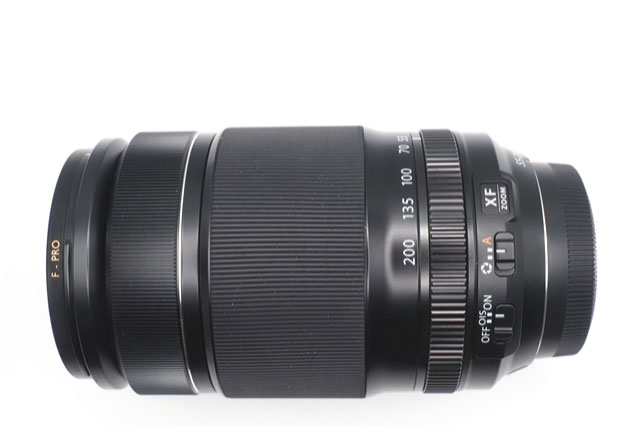
Similar to other digital cameras, there are front and back wheels to do things like change aperture and shutter speed when in Program mode and a Diopter adjustment wheel for the viewfinder. One thing not found on most other digital cameras is a threaded socket on the shutter button that uses the same cable release that you havenít used since you last had a film camera. There is also a wired electronic remote cable release, and a phone app available, though the ratings for the Android version are only 1.6 out of 5. I found the camera simple to operate, pleasant to use, and it produced excellent results.
The body is small, about the size of a compact SLR from the 1980’s, and weighs about 18 oz. The 18-135mm lens is large, almost 6″ long, and another 18 ounces, but it is smaller and lighter than my Olympus E-M1 Mark II and 12-100mm lens (very similar 24-200mm equivalent lens, smaller Micro 4/3 sensor). If I were to start with a new system now, I would seriously consider Fujifilm and the X-T2.
What the heck…
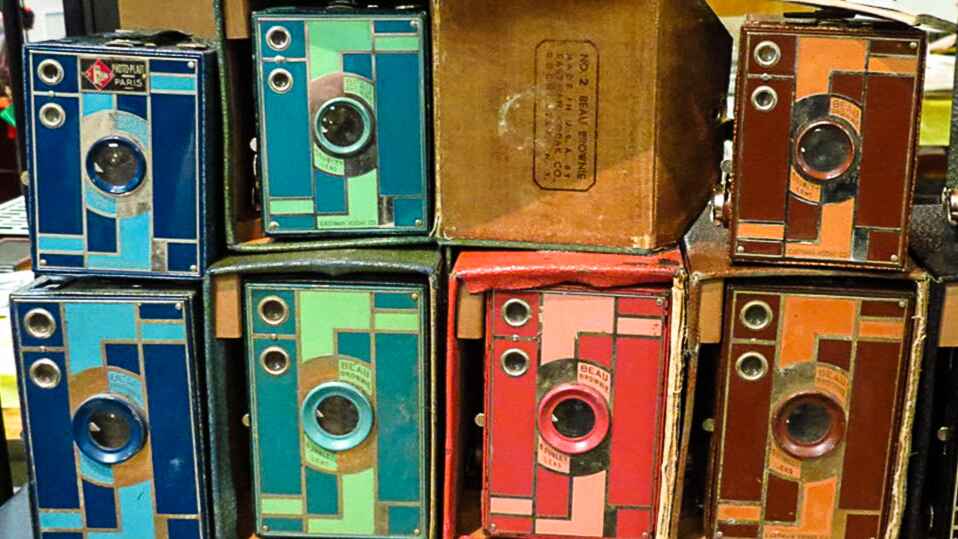
Are Those Even Cameras?!
Join the PHSNE Newsletter and learn more about photographic history and preservation. Already an expert? Come and share your collections and knowledge as we celebrate the history and advancement of photography.

